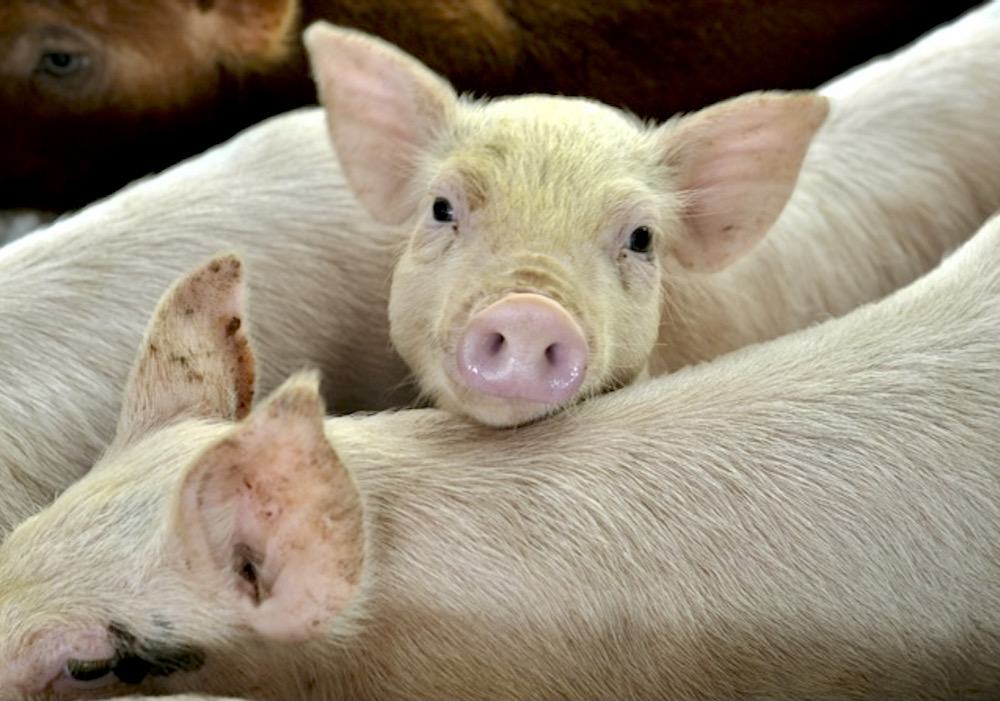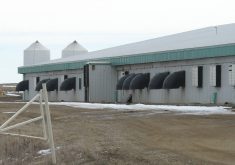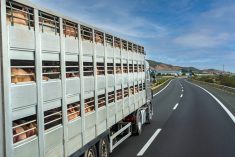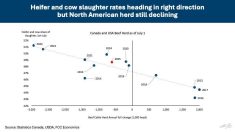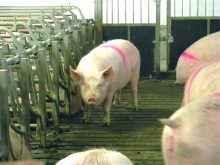Glacier FarmMedia – What if the truck driver asks to enter the hog barn to use the bathroom? Does the operation have a protocol for that?
That’s a question asked of Dr. Julia Keenliside at the Manitoba Swine Seminar.
“Everybody’s got to work out what your procedures are, because that happens,” said Keenliside, an Edmonton-based swine veterinary expert.
Read Also
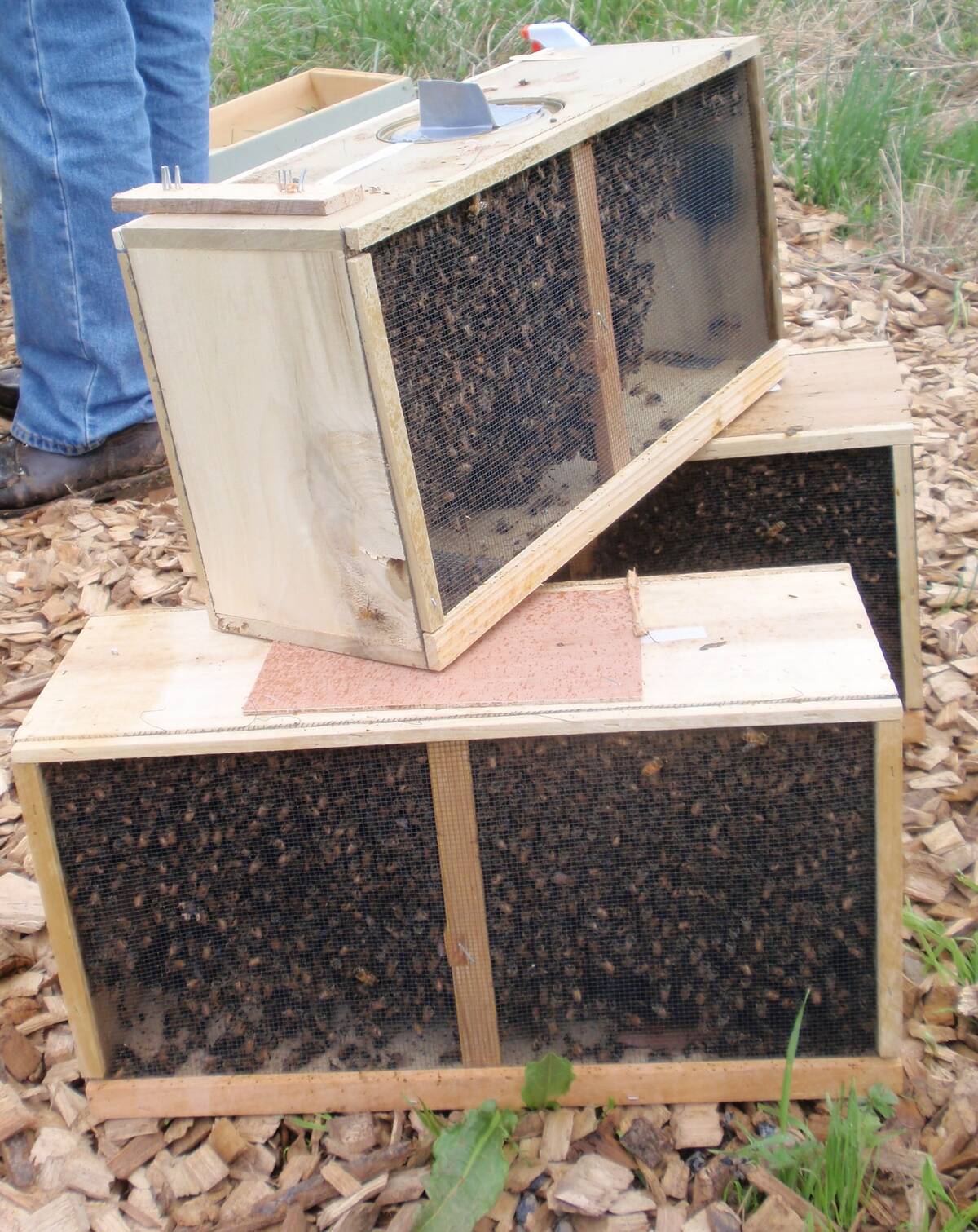
Canadian beekeepers call for regulatory accountability
Beekeepers say the Canadian Food Inspection Agency should restore packaged U.S. bee shipments, claiming the agency isn’t following evidence.
Why it matters: If a person can get into the barn, so can a virus or bacteria.
It’s one of many biosecurity dangers that can arise at load out, and an under-appreciated source of disease risk.
“The load out should be seen as a high-risk event,” said Keenliside. “We forget about the load-out. We think about the front door.”
Some veterinarians think more disease enters barns through unwashed trucks and animals than operators realize. Keenliside suggested producers read Dr. Blaine Tully’s 2020 column in The Western Producer to develop the right thinking about truck and load out risks.
Although there isn’t sufficient research to be certain, there are reasons to believe disease-carrying dust, mud, manure and snow on the backs of trucks can be transferred into barns at the load out. Farms should take it seriously, Tully wrote.
Loading docks were also flagged as risk zones during Manitoba’s string of porcine epidemic diarrhea outbreaks beginning in 2017. Producers were urged to watch sanitation and biosecurity at such sites, have a defined line of separation between the “clean” areas inside the facility and the “dirty” areas anywhere else, and ensure truck drivers have fresh sets of disposable footwear when they step out of the cab.
Conversations about managing dust as a vector for PED have also made the rounds of industry groups and farm media.
“That’s what’s interesting about the ‘grey’ literature,” said Keenliside, referring to publications like farm magazines, conference proceedings, industry publications and other sources of non-peer-reviewed information. “We have some of the cutting-edge thinking.”
The Canada West Swine Health Intelligence Network has compiled a study and a tips sheet about load out biosecurity. Most barn systems don’t follow all veterinarian recommendations, so “we’ve got room for improvement.”
Beyond improving basic biosafety protocols, producers can look to more fundamental improvements, such as barn design. Keenliside said Minnesota adopted a two-door system that created a load-in chute and a load-out chute.
“That way, they never have to load pigs through a dirty chute; they never have to take deads out of the same chute they’re bringing in new stock, such as gilts,” said Keenliside.
In China, some farms are walled off from the outside world and pigs are brought in from the edge of the property.
“The trucker never even comes on the farm,” said Keenliside, while noting that Canada’s winter conditions make many ideas from warmer places harder to implement.
Beyond facility design, a key risk control is to stop people from going where they’re not supposed to go at the load out. Barn workers should not go beyond the barn edge and truckers should not come in from the truck.
A simple device, like a metal bar high enough to let the pigs under but high enough to block people, can effectively stop unsafe human traffic, seminar attendees heard.


